
In the context of increasingly severe climate change and increasingly stringent international market requirements, the Vietnamese rice industry is facing a major turning point.
To maintain its position and go further, Vietnam cannot rely solely on cultivated area or output, but must comprehensively restructure from the roots - in which seeds are the vital starting point.
Domestic research institutes, universities and businesses are promoting a large-scale “gene transfer” campaign, applying modern biotechnology and genetic technology to create new generation rice varieties: resistant to pests and adverse environmental conditions, good quality, rich in micronutrients, and environmentally friendly.
In that general flow, Dan Tri reporter had an interview with Dr. Duong Xuan Tu - Deputy Director, Head of the Institute of Food Crops and Food Plants, to clarify the technological orientations, approaches to selecting new varieties and vision for developing Vietnamese rice in the new era.
Position of Vietnamese rice on the world map
Vietnam has made great strides in the rice sector.
Dr. Tu, how do you evaluate the current position of Vietnamese rice in the context of globalization, climate change and increasingly fierce competition for agricultural products?
- In terms of output and export, Vietnam is currently among the top three countries in the world in rice export. Our rice is present in more than 150 countries, including high-end and demanding markets such as Japan, Korea, EU, USA...
The diversity of varieties from fragrant rice, sticky rice, specialty rice and the ability to adapt to many ecological regions are outstanding strengths of Vietnamese rice.
However, if looking deeper into the value chain, the Vietnamese rice industry still has a lot of work to do.
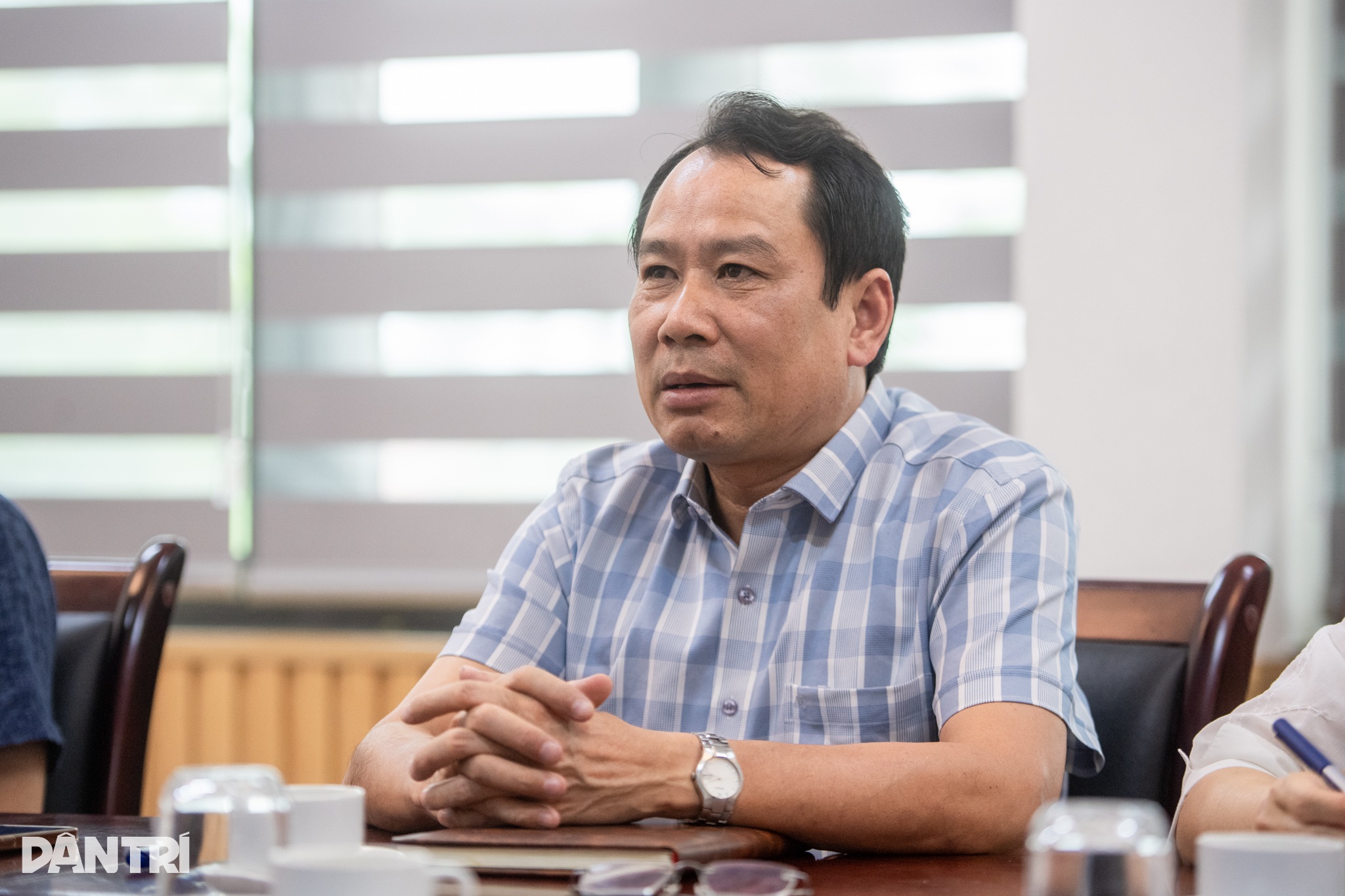
Dr. Duong Xuan Tu - Deputy Director, Head of the Institute of Food Crops and Food Plants.
The added value per ton of rice is not high, post-harvest preservation and deep processing are still limited, small-scale production is still common in many localities and the national brand of Vietnamese rice has not really been firmly positioned in the international market.
One noteworthy point is that while the world consumer market is rapidly shifting to clean rice, organic rice, functional rice... Vietnamese products have not caught up with this trend in terms of variety and standardization.
In that picture, what role does the breeding research system play?
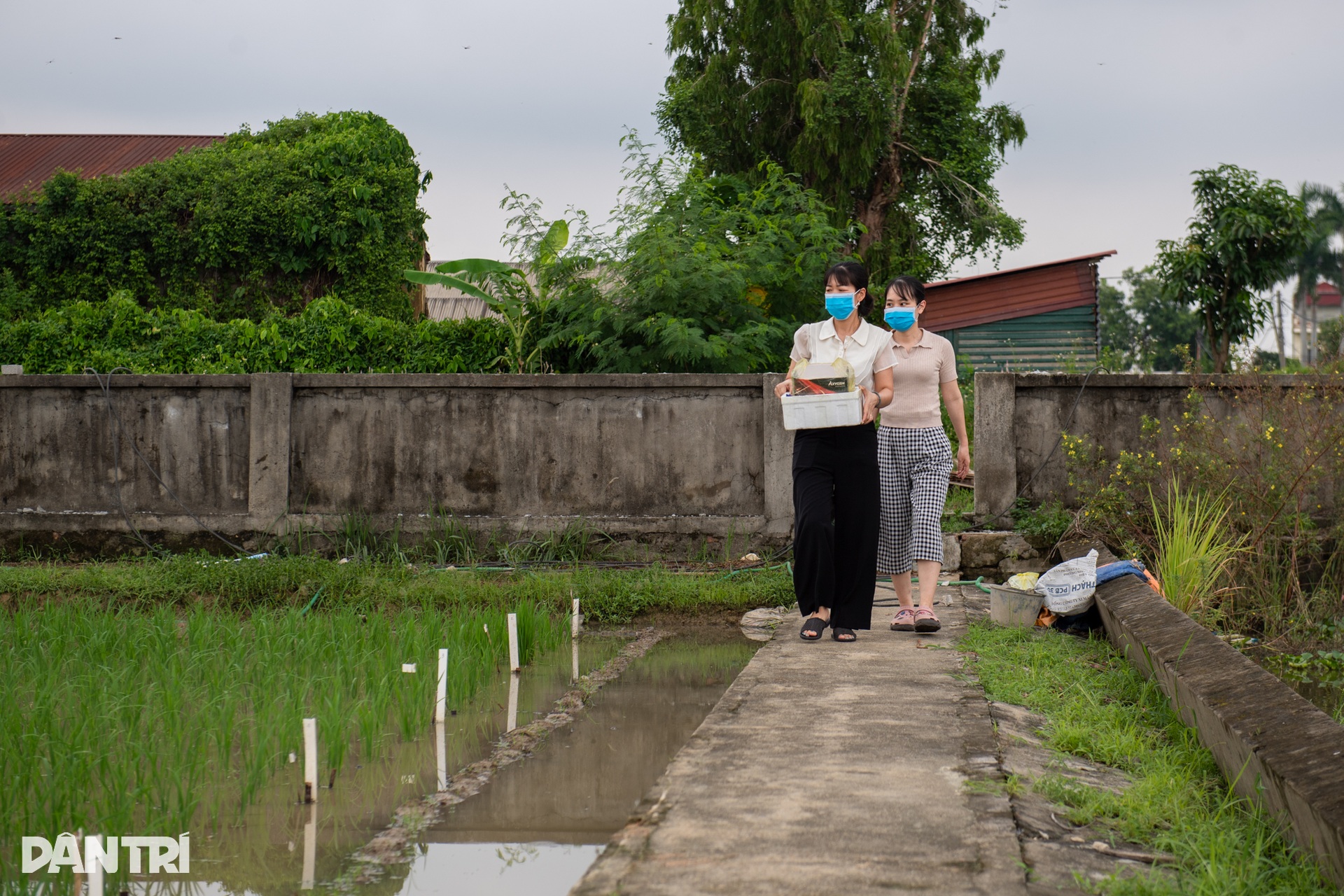
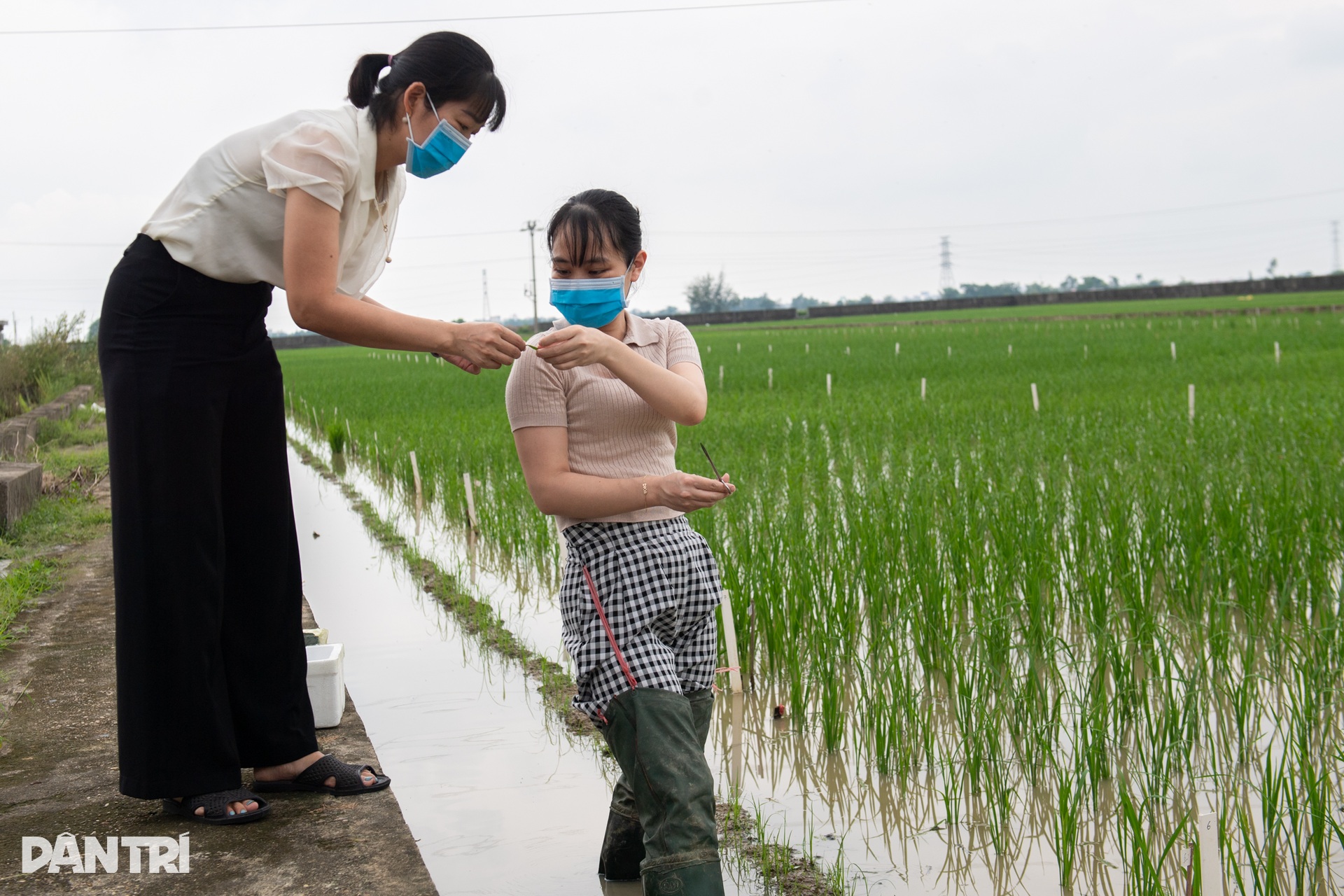
- It can be said that if we want to "restructure" the rice industry, varieties are the decisive starting point and to have good, sustainable varieties suitable for the market, the role of scientific research is indispensable.
Recently, many domestic research institutes, universities and enterprises have worked together to promote the selection and improvement of rice varieties.
This is a necessary resonance, because no single unit can do it alone in the context of constantly changing market requirements.
For example, at the Institute of Food Crops and Food Plants, we have researched and transferred many new rice varieties with high yield, good quality, resistance to pests and adverse environmental conditions.
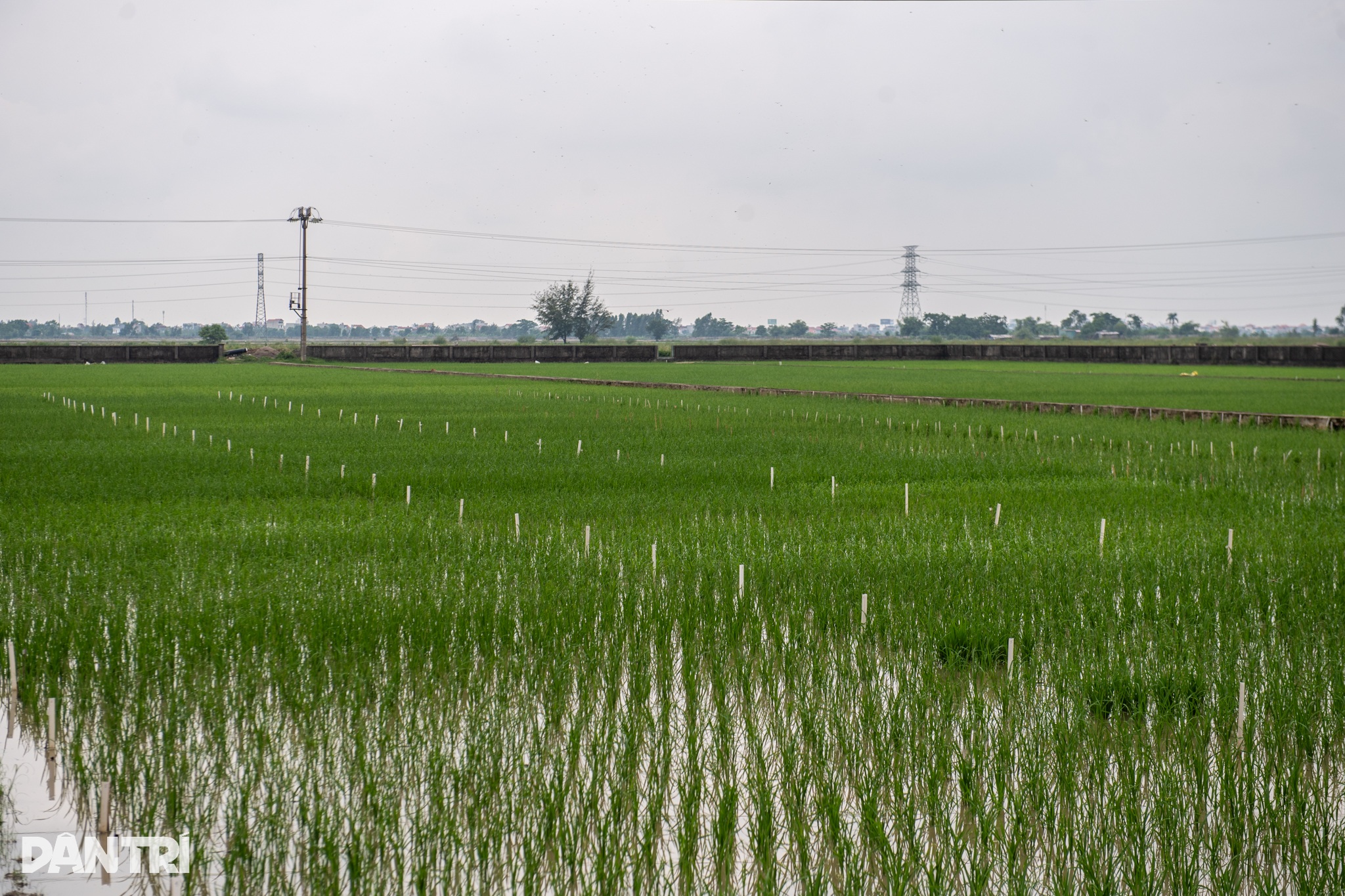
The institute's rice experimental growing area.
The rice varieties created by the Institute recently such as: Gia Loc 97 (TBR97), Gia Loc 25 (TĐ25), HDT10, HD11, or BT7-02 (BT7 resistant to bacterial leaf blight), BC15-02 (BC15 resistant to rice blast) are all evidence of the breeding direction associated with ecological zones and consumer needs.
But that's just part of the big picture.
Institutes such as the Mekong Delta Rice Research Institute, the Agricultural Genetics Institute, and schools such as the Vietnam Academy of Agriculture and Can Tho University are also promoting the selection of varieties in the direction of applying modern technology, developing fragrant rice varieties, high-quality rice, short-term rice, and salt-tolerant rice to meet the problem of climate change.
Decoding genes, "designing" rice varieties according to market needs

In the context of climate change strongly affecting agriculture, rice breeding is becoming increasingly difficult. In your opinion, what role are biotechnology and gene technology playing in the journey to improve Vietnamese rice?
- Modern biotechnology is the “key to unlocking the future” of the rice industry. It helps shorten the time for breeding, increases accuracy and especially opens up opportunities to create rice varieties with breakthroughs in productivity, quality and resistance.
Currently, the Institute of Food Crops and Food Plants as well as many research institutes nationwide have been simultaneously applying modern techniques such as: cell tissue culture, double haploid technology, embryo rescue in hybridization, DNA molecular markers, next-generation sequencing (NGS), GWAS analysis (genome-wide association)... to identify genes controlling traits of yield, quality (aroma, amylose content...), resistance to salinity, drought, flooding, pests and diseases...
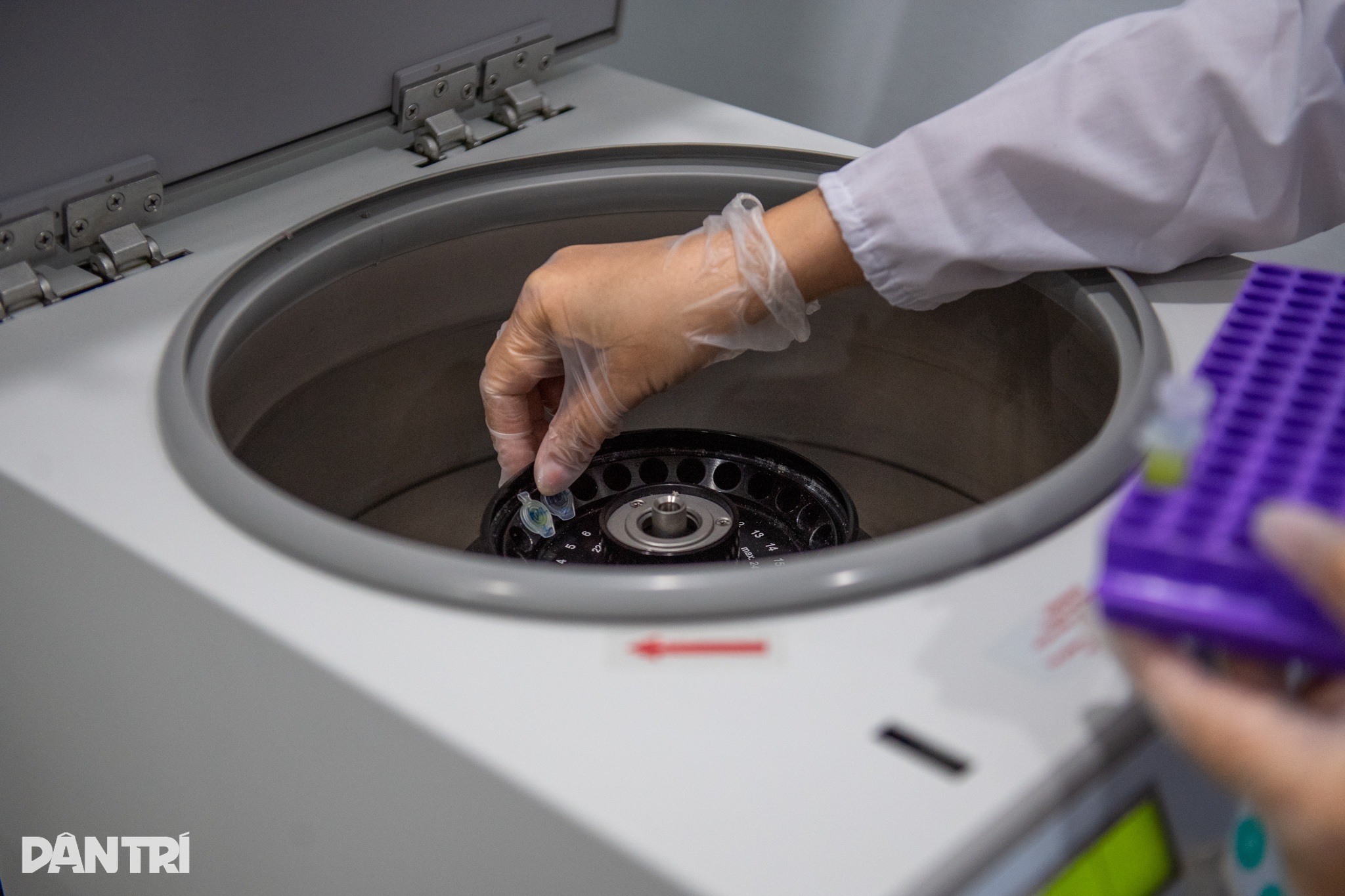
Modern biotechnology is the “key to unlocking the future” of the rice industry.
This is no longer a theoretical story in the laboratory, but has been applied in practice, creating new generation rice varieties with faster speed, lower cost, and higher accuracy.
At the Institute of Food Crops and Food Plants, we have mastered many advanced techniques to support the work of selecting and creating new rice varieties, typically:
- Applying Doubled Haploid technology to quickly create pure lines, shortening breeding time from 8-10 years to 3-5 years.
- DNA molecular markers identify genes controlling target traits such as aroma, yield components, drought, salinity, flooding, heat tolerance, resistance to brown planthoppers, blast and leaf blight.
Since 2013, the Institute has also participated in an international cooperation program to develop new technology applications in genetic analysis across the rice genome (Genome Wide Association Study - GWAS).
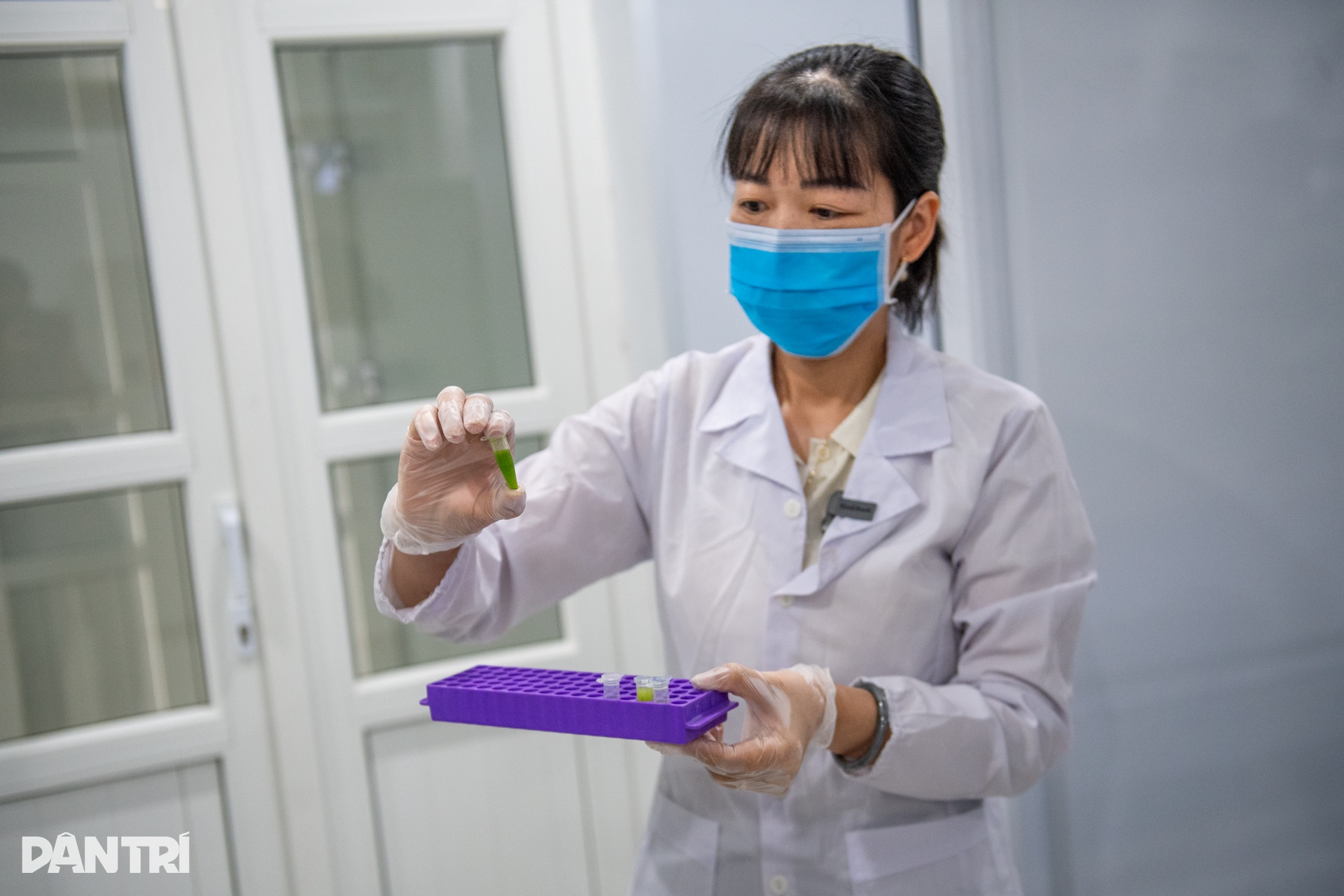
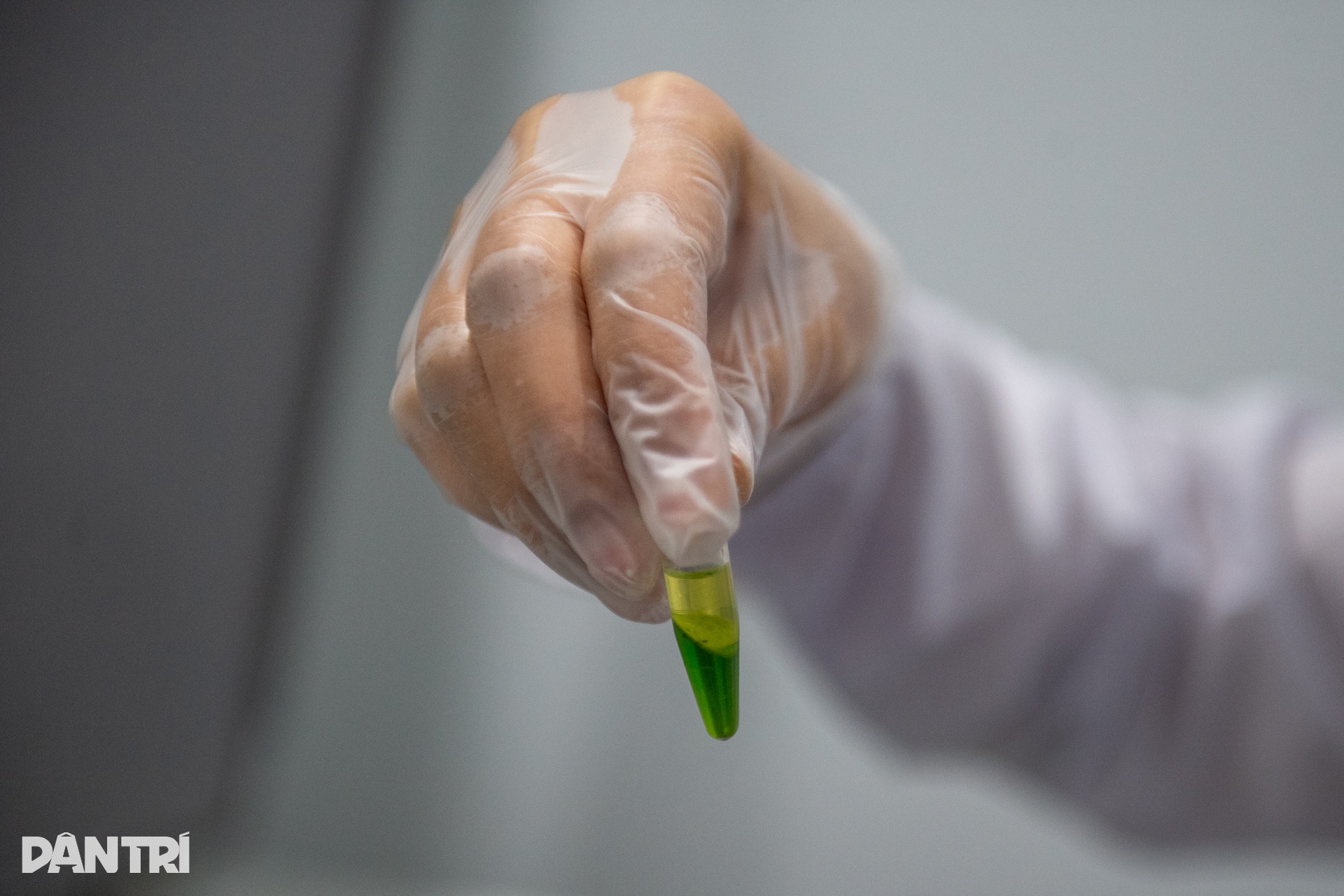
This work aims to identify genes/QTL (quantitative genetics) controlling traits of yield, growth, quality and resistance of rice plants, exploiting valuable genetic resources from traditional specialty rice varieties, local and indigenous rice varieties.
The fact that many units apply modern technology is proof of a technological revolution in the rice breeding industry with the common goal of improving Vietnamese rice in both quality and quantity.
Compared with traditional breeding methods, what outstanding advantages do modern biotechnology and gene technology bring?
- If choosing seeds is like a journey to find "golden seeds", then choosing traditional seeds is like walking in the fog, relying on experience, senses, and having to go through many planting seasons to select little by little.
Meanwhile, having biotechnology and genetic technology to support you is like having a “satellite map” in your hand: knowing the location of each “genetic treasure”, thereby shortening the path, saving time and effort.
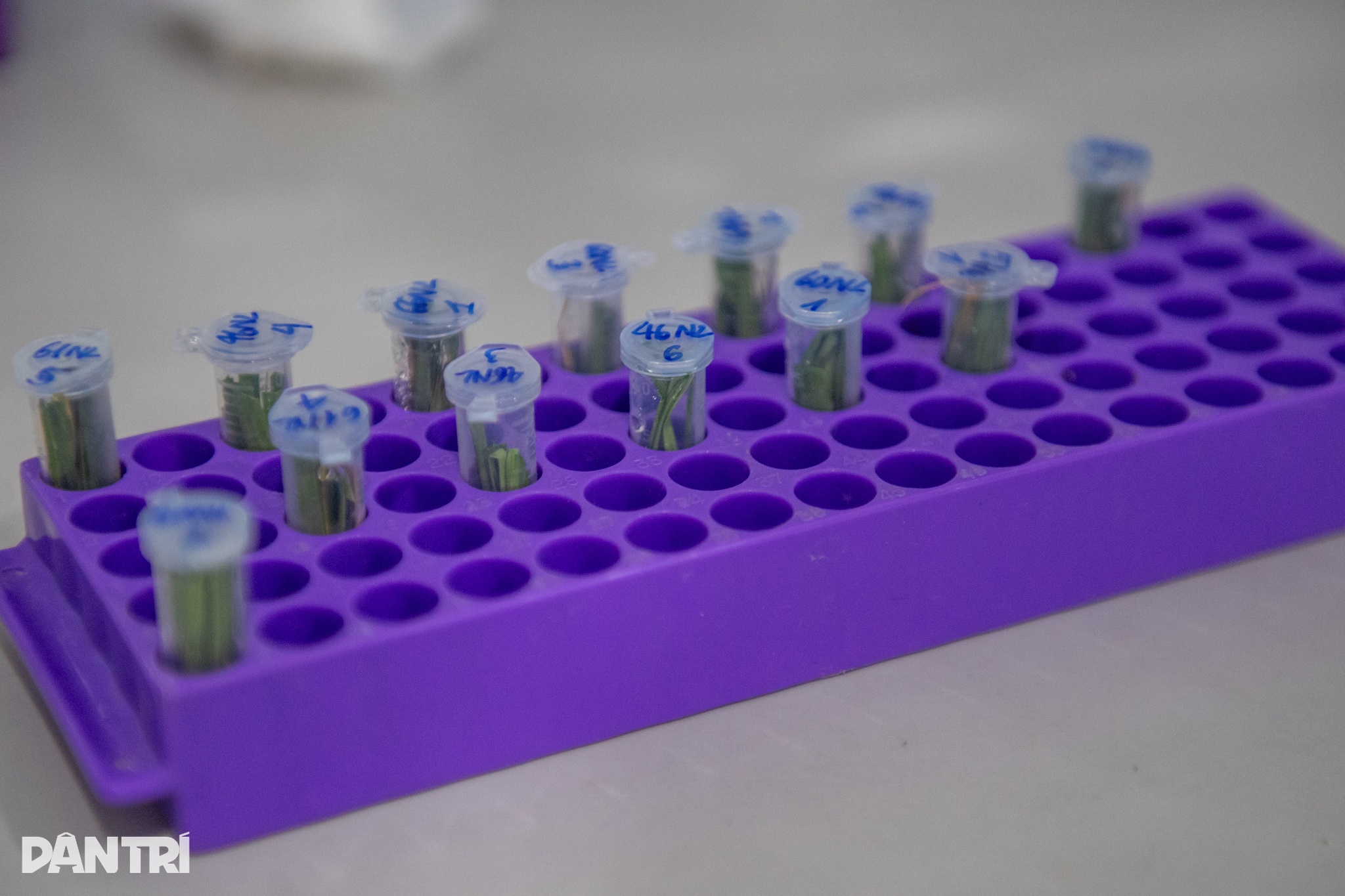
Having biotechnology and genetic engineering at your disposal is like having a “satellite map” in your hands.
Specifically, traditional breeding usually takes 8-12 years to produce a new variety, going through many generations of crossbreeding, planting, selection and field evaluation.
In that process, the random factor is very high, it is inevitable to “miss” valuable gene combinations. To select and create new varieties with many desirable traits such as: high yield, good quality, resistance to pests and adverse environmental conditions is very difficult if only using traditional methods.
On the contrary, with the support of genetic technology and genetic engineering, we can accurately locate genes or QTL regions controlling traits, helping breeding work to be faster, more accurate, and to select varieties with many desired traits.
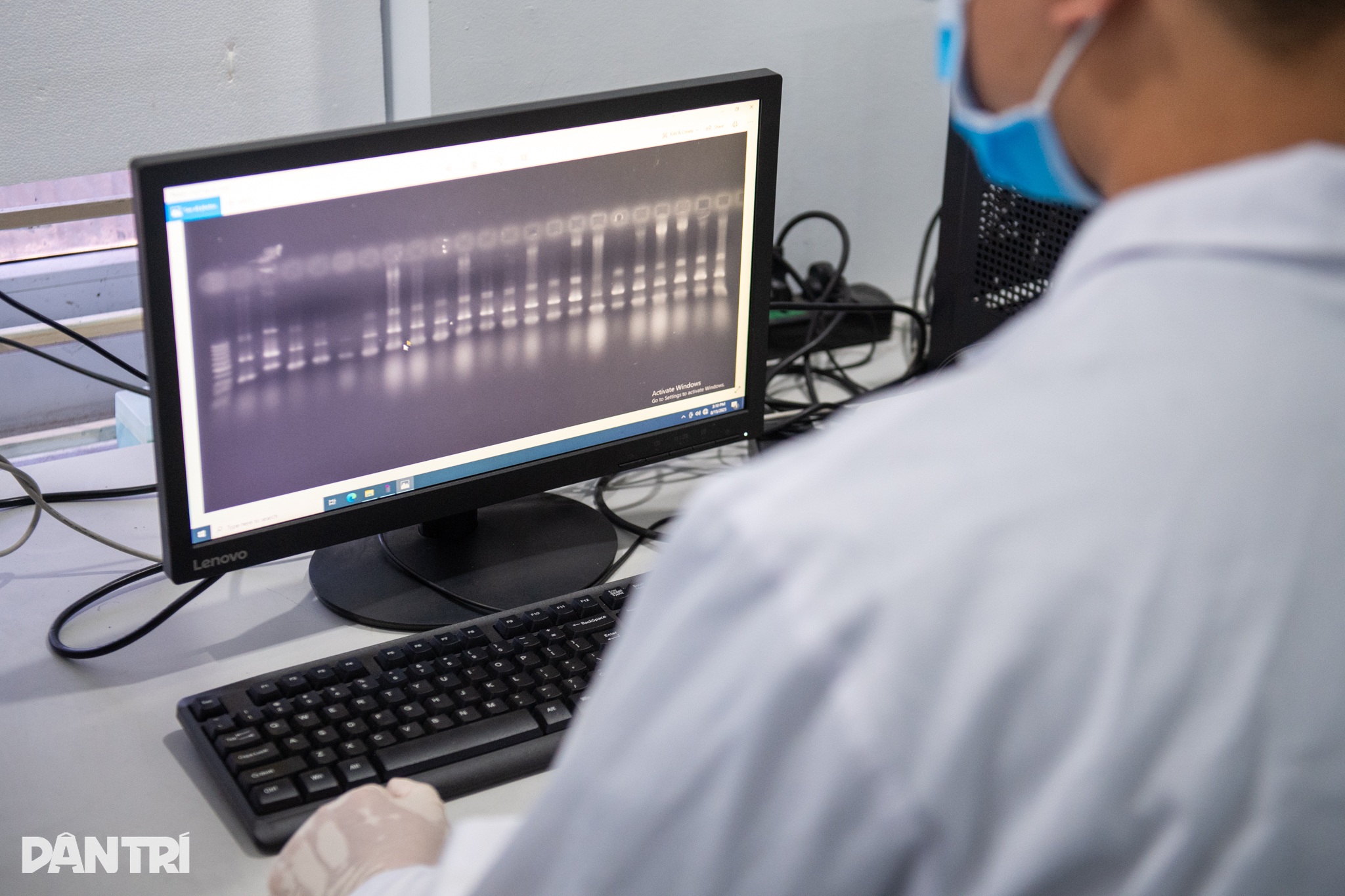
With the help of genomic technology and genetic engineering, we can precisely locate genes or QTL regions.
Selection is done right in the laboratory, instead of having to wait until the plant flowers.
Double haploid technology for rapid generation of pure lines also shortens the generation process to just a few years.
Techniques such as molecular markers, gene sequencing, or genome editing allow for increased precision, expanded trait spectrum, and especially the creation of “designer” rice varieties according to market demands.
Of course, traditional breeding still has a certain role, but in the context of increasingly high requirements for quality, speed and adaptability, biotechnology and genetic technology are the "extended arms" of breeders in the new era.
Inheriting the quintessence of Vietnamese pearls
Terraced fields hug the mountain slopes of the Northwest.
In the wave of developing new varieties using modern technology, many people are concerned that indigenous rice varieties, which are rich in cultural and genetic values, are gradually being forgotten. In your opinion, how can new technology help preserve and enhance Vietnam’s traditional precious varieties?
- That concern is real, and is also something that makes many researchers worry.
Vietnam has many specialty, traditional, local and indigenous rice varieties with regional characteristics such as: Nep Cai Hoa Vang, Tam Xoan Hai Hau, Nang Huong, Seng Cu...
These are not just rice varieties, but also part of national cultural identity.
However, due to the long growing period and long-term cultivation process, there is often mixed and degraded varieties, low productivity, and low resistance, so many valuable varieties are gradually being replaced by more modern commercial varieties.
However, instead of letting them disappear, genetic technology today is opening up opportunities to not only preserve but also enhance the value of those native breeds.
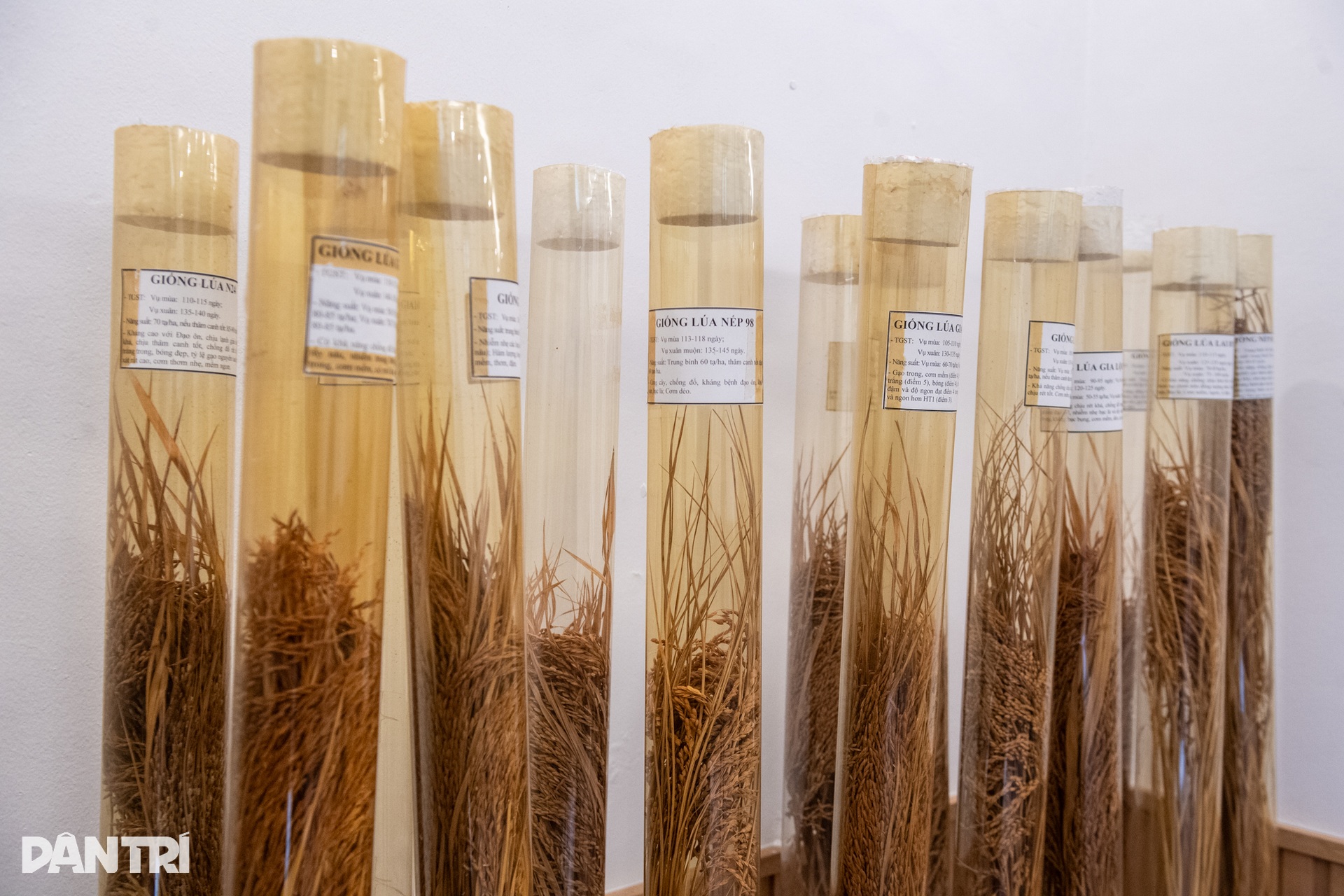
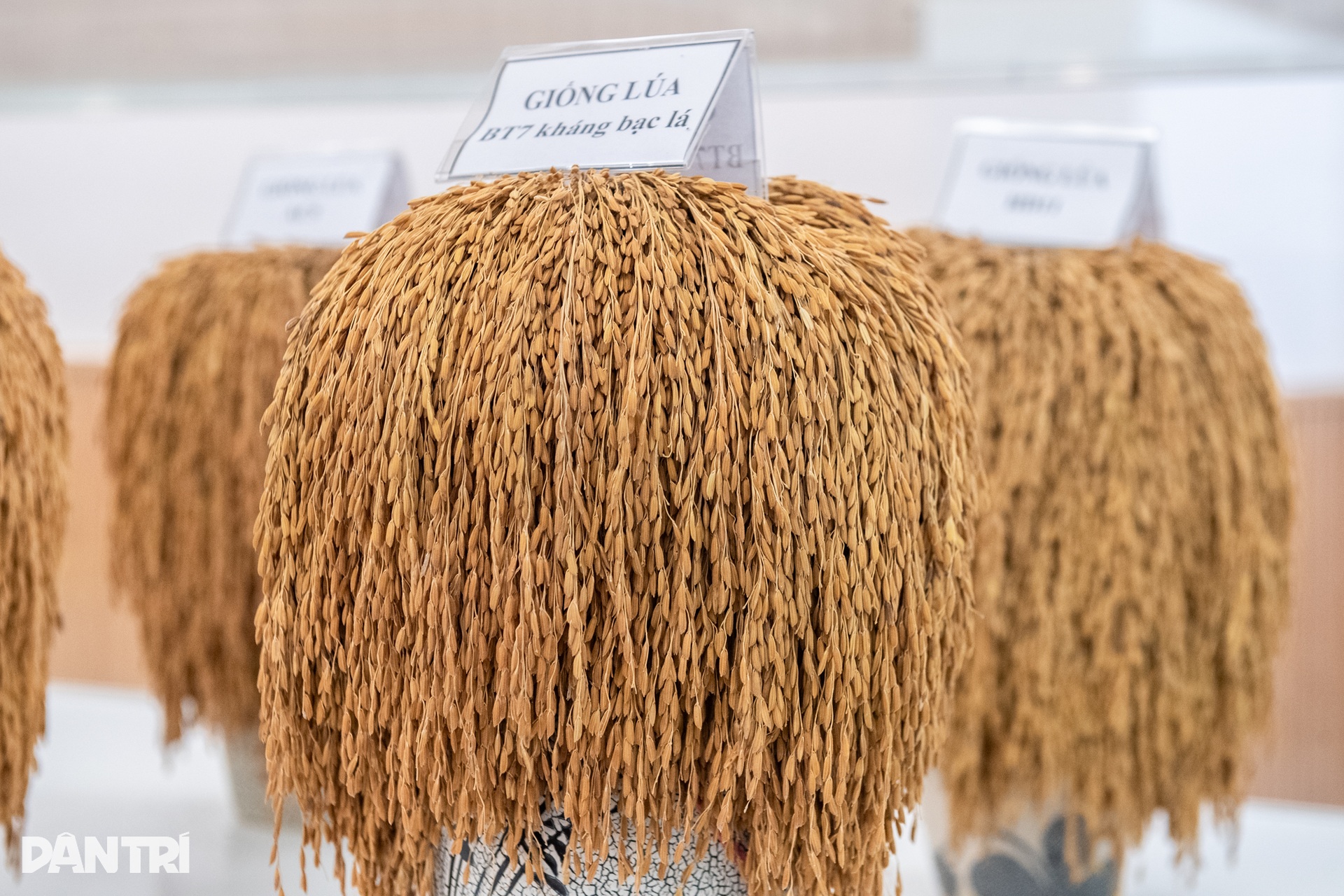
Thanks to modern techniques such as genome analysis, molecular markers, and DNA sequencing, scientists can accurately identify valuable genes in traditional varieties, such as genes that create natural aroma, characteristic softness of rice, or the ability to metabolize micronutrients that are beneficial to health.
From that foundation, we can select pure lines with the best traits to restore the original breed, and at the same time crossbreed with modern breeds to improve productivity and adaptability, while still preserving the "soul" of the native breed.
Instead of being "reluctantly preserved" in gene banks, these traditional varieties can now be brought to market with upgraded versions, having higher commercial value while still maintaining traditional quality.
The Institute of Food Crops and Food Plants is also coordinating with many localities to carry out research projects in this direction.
We believe that if properly invested, indigenous varieties are not only a memory that needs to be preserved but can completely become a unique competitive advantage of Vietnam on the world rice map.
From sustainable farming to national rice brand
As you shared, rice varieties are only a part of the entire production chain. So, in your opinion, what are the key factors to increase the value of Vietnamese rice in the new era?
- To increase the value of rice grains, it is necessary to look at rice plants in a closed chain, not only from the production stage, but also extending to preservation, processing, marketing and brand building.
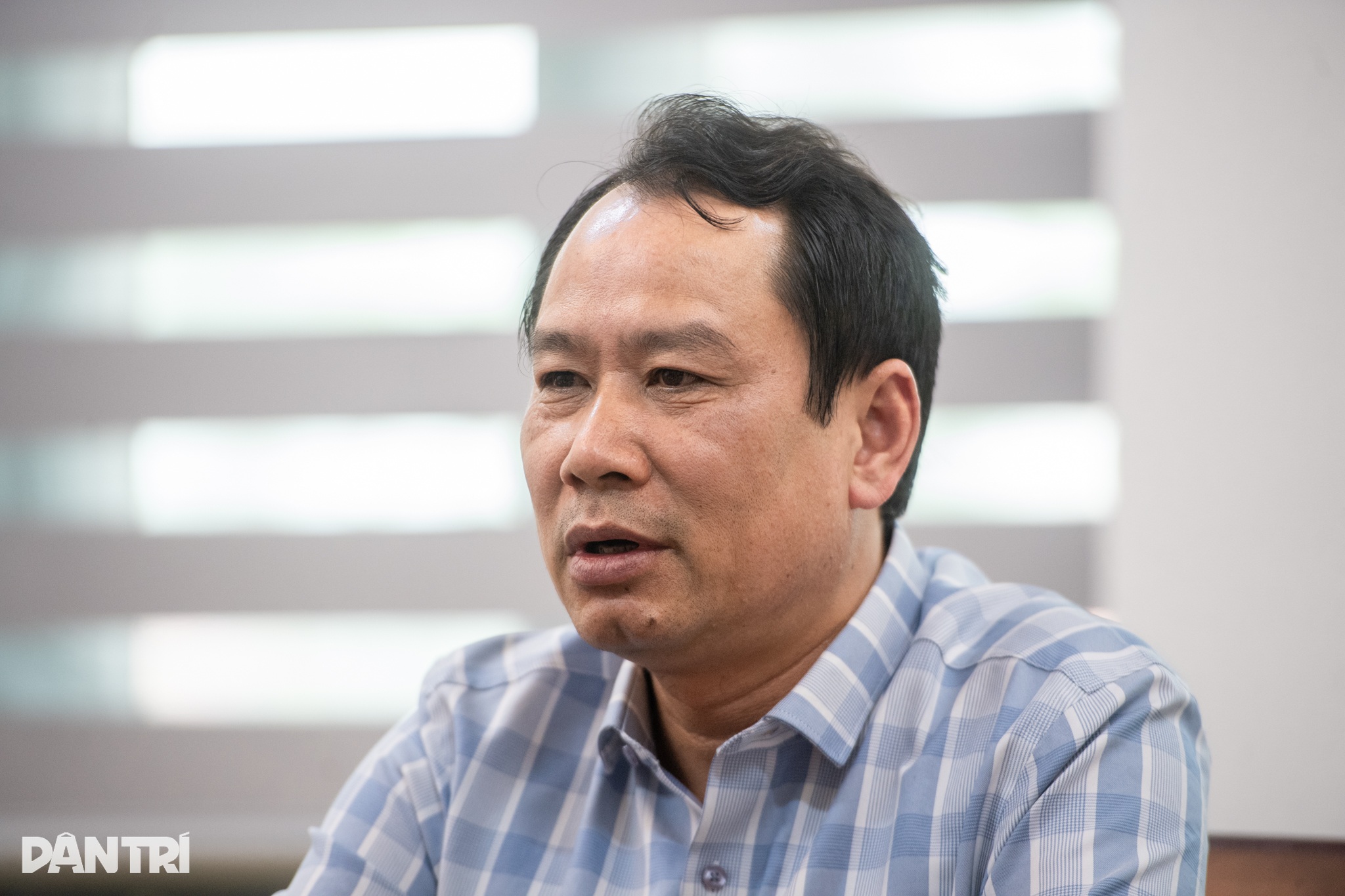
According to Dr. Tu, to increase the value of rice grains, it is necessary to look at the rice plant in a closed chain.
First is sustainable farming. We need to gradually change our production mindset, from farming based on chemical fertilizers and pesticides to organic farming, saving resources, being environmentally friendly and reducing greenhouse gas emissions.
This is not only an internal requirement but also a "passport" for Vietnamese rice to enter high-standard markets such as Europe and North America.
Several research institutes, including the Institute of Food Crops and Food Plants, have been developing advanced farming processes: Using short-term varieties, saving water and fertilizer, combining techniques to reduce the amount of pesticides, while still ensuring productivity and quality.
In parallel, there are logistics and markets. Vietnamese rice is still limited in terms of post-harvest preservation, deep processing, logistics... which reduces the quality and value of the product.
We need to have a more systematic investment strategy in the post-production chain: from storage, drying machines, modern milling to traceability, growing area codes, and international quality certification.
Finally, branding. A grain of rice is not just for filling your stomach, it also has to tell a story.
It is a story about rare varieties, unique growing areas, environmentally friendly production processes, or health benefits for consumers.
ST25 is an early success story. But we need more brands like this, with a strong connection to region, culture and quality.
In addition to seed selection, the Institute is coordinating with many localities to implement resource-saving farming models, reduce greenhouse gas emissions, and move towards organic certification.
We also focus on researching micronutrient-rich rice varieties and herbal rice to meet high-end consumer demand and diversify rice products.
Three pillars for the future of Vietnamese rice
Looking to the future, what do you expect from the Vietnamese rice industry? And in your opinion, what are the pillars that need to be strengthened so that Vietnamese rice can both modernize, maintain its identity and develop sustainably?
- My greatest expectation, and that of many agricultural scientists, is that Vietnamese rice will not only maintain its role as a "pillar of food security", but also become a symbol of added value, high quality and cultural identity.
Vietnam already has the world's leading ST25 rice, but the journey to improve cannot stop at one product or one award.
We need a synchronized ecosystem, from lab to field, from policy to market.
From a scientist's perspective, the most important thing is to promote applied research not only to improve productivity, but also to select and create rice varieties that are suitable for new consumption trends: clean, delicious, nutritious, and environmentally friendly.
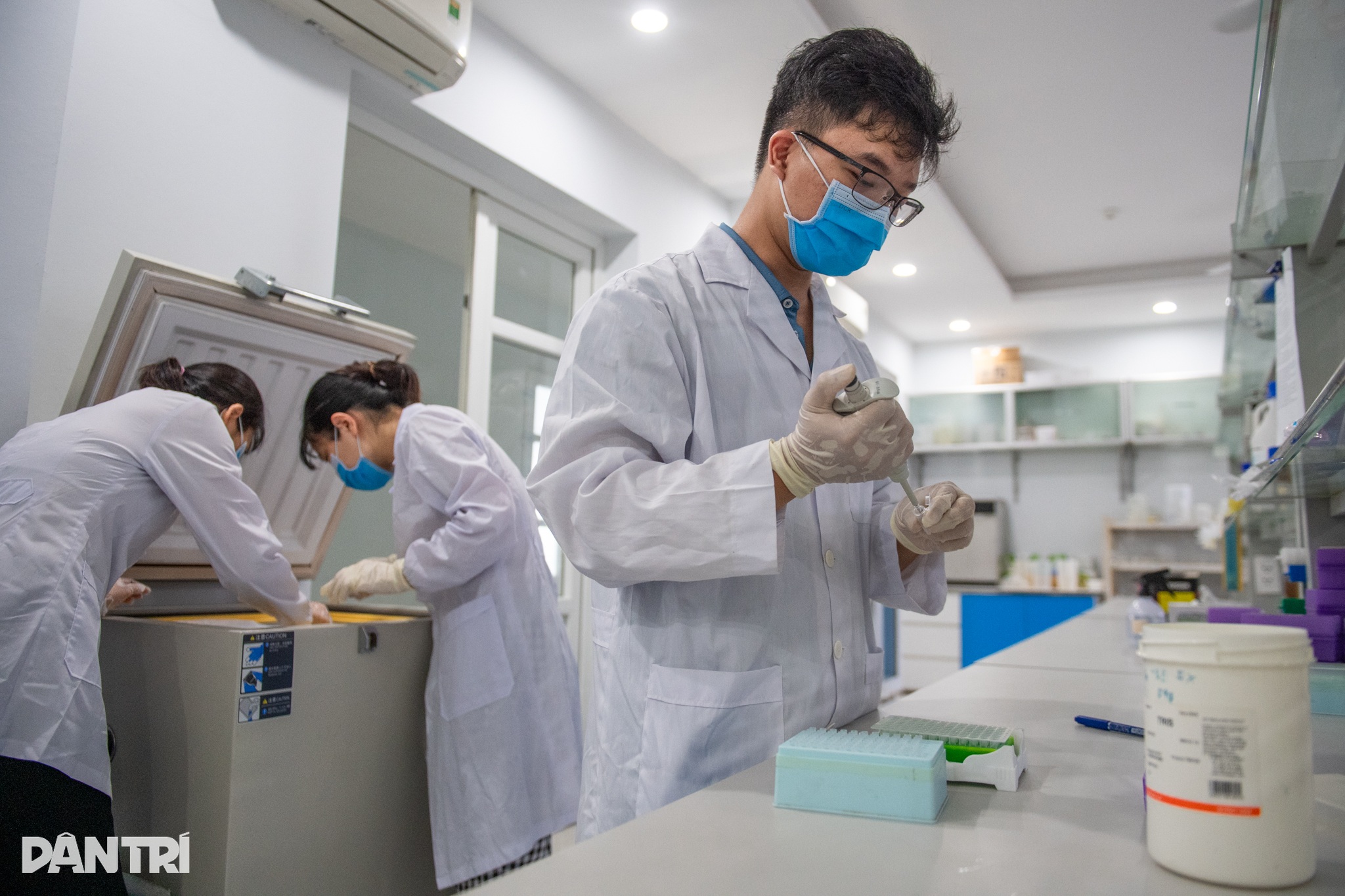
Science is an important factor in building the position of Vietnamese rice in the new era.
At the same time, Vietnamese rice can adapt to extreme changes in climate. Applying biotechnology, digital technology, AI and big data will be a mandatory path, not an option.
On the management side, there needs to be a longer-term strategy, accompanied by specific support policies: investment in irrigation infrastructure, mechanization, warehousing, development of planting area planning, and issuance of quality standards suitable for the international market.
Vietnam also needs to promote the building of a national rice brand.
As for farmers, this is the time to change their production mindset. They cannot continue to do business individually, fragmentedly or produce "spontaneously".
Participating in new cooperative models, accessing new varieties, new techniques and international farming standards is the way for rice growers to be more proactive in the globalization game.
If the three pillars of scientists, managers and farmers can accompany, listen and support each other, I believe that Vietnamese rice will not only be food, but also a brand, an identity, a success story of a smart and brave agriculture.
Thank you for the conversation.
Photo: Thanh Dong
Source: https://dantri.com.vn/khoa-hoc/giai-ma-gen-tim-tam-voc-cua-cay-lua-viet-trong-ky-nguyen-moi-20250820180514423.htm



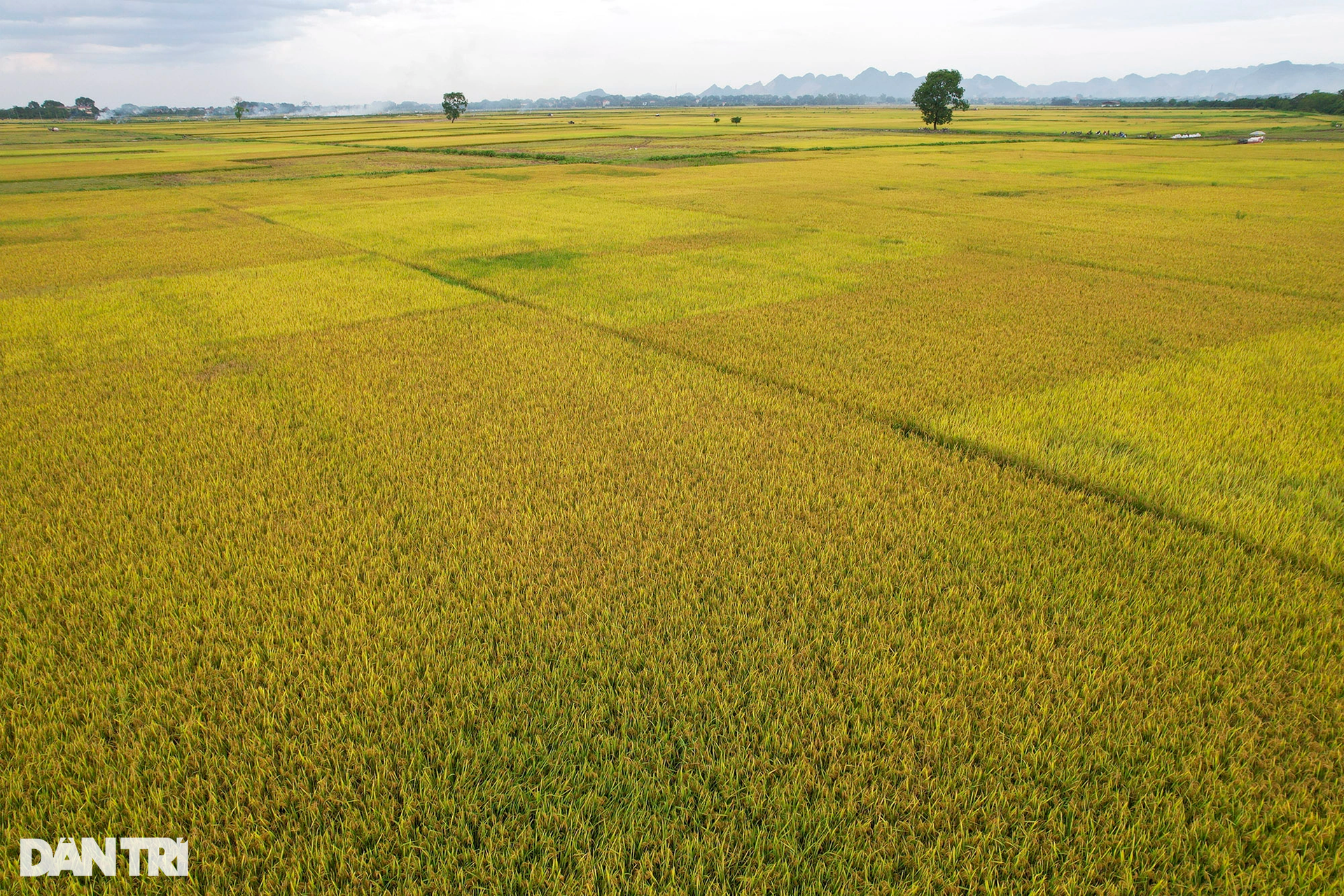
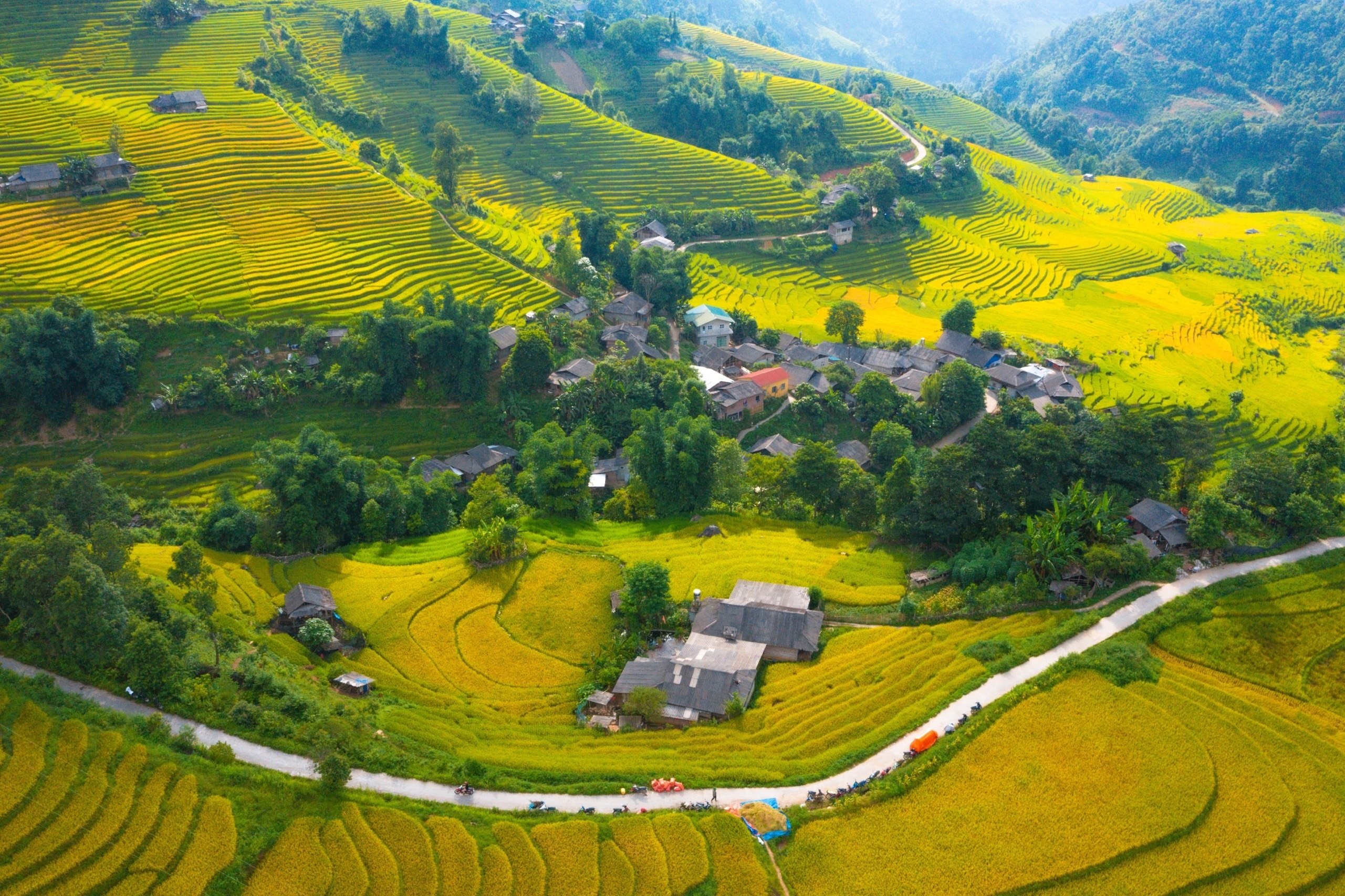
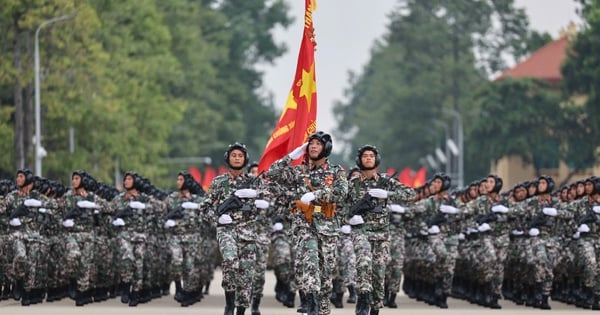
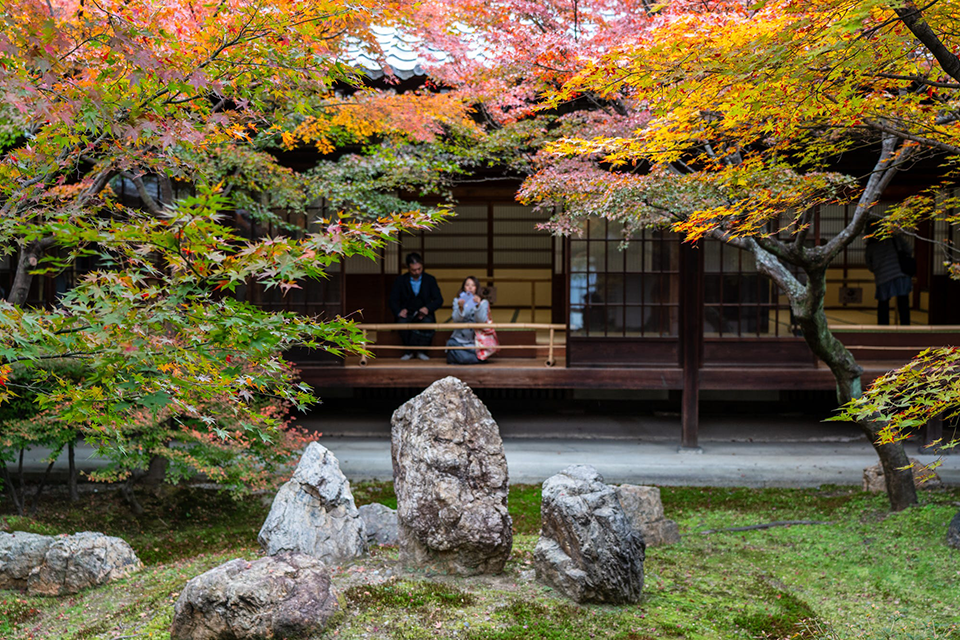


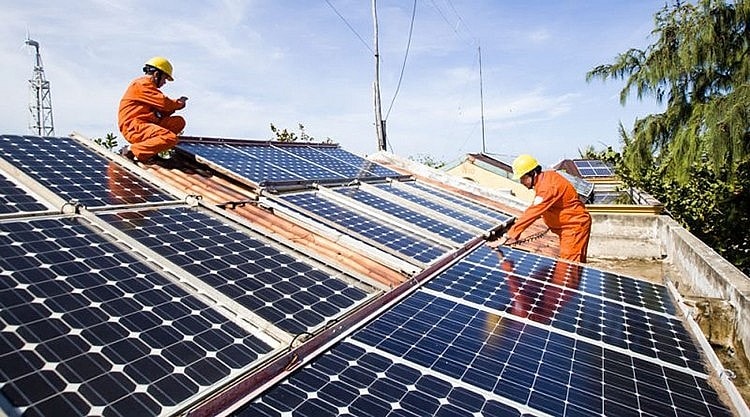
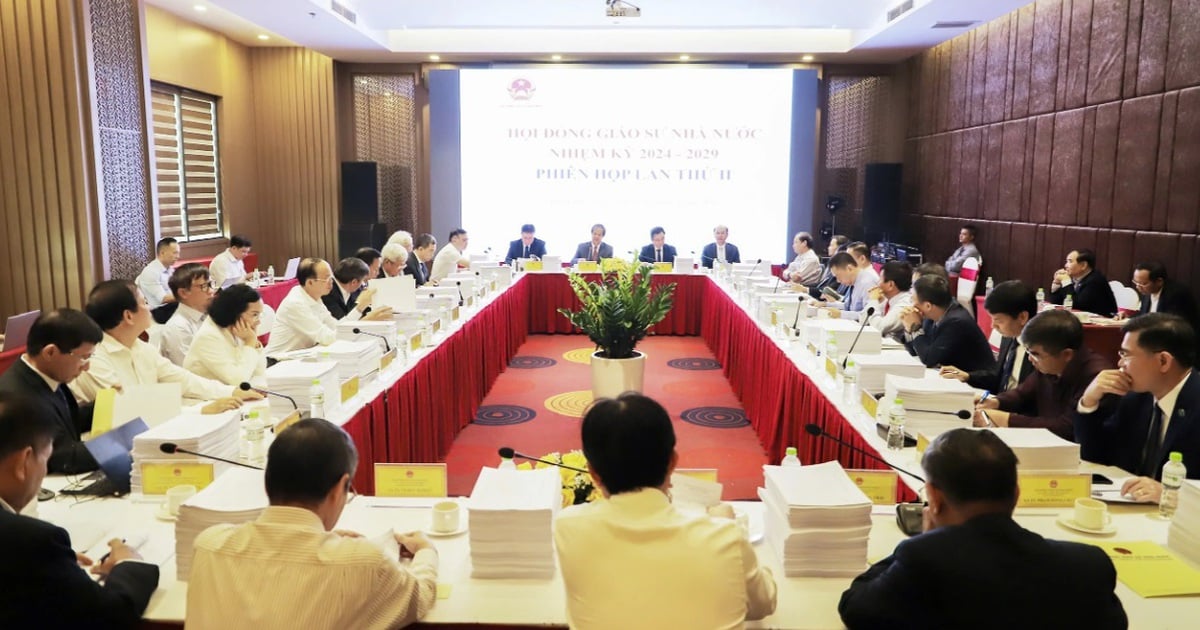

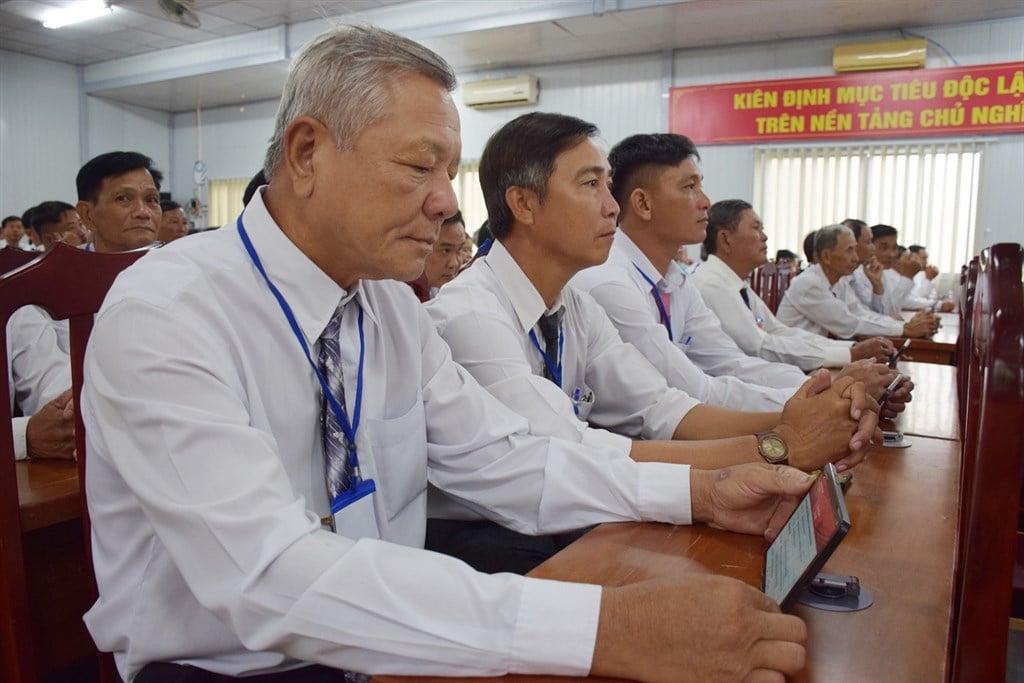
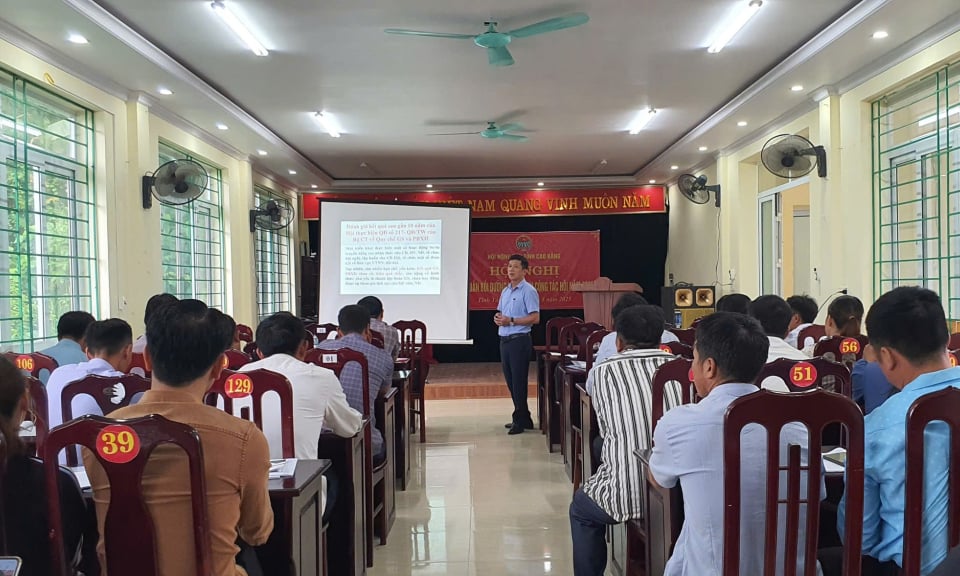
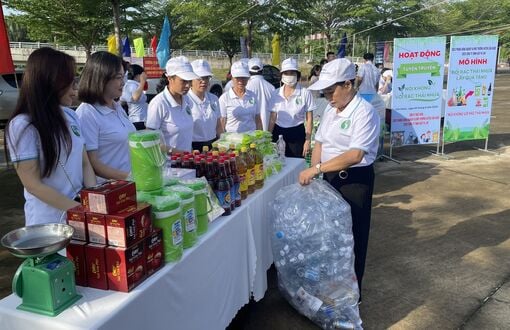











![[Photo] An Phu intersection project connecting Ho Chi Minh City-Long Thanh-Dau Giay expressway behind schedule](https://vstatic.vietnam.vn/vietnam/resource/IMAGE/2025/8/21/1ad80e9dd8944150bb72e6c49ecc7e08)

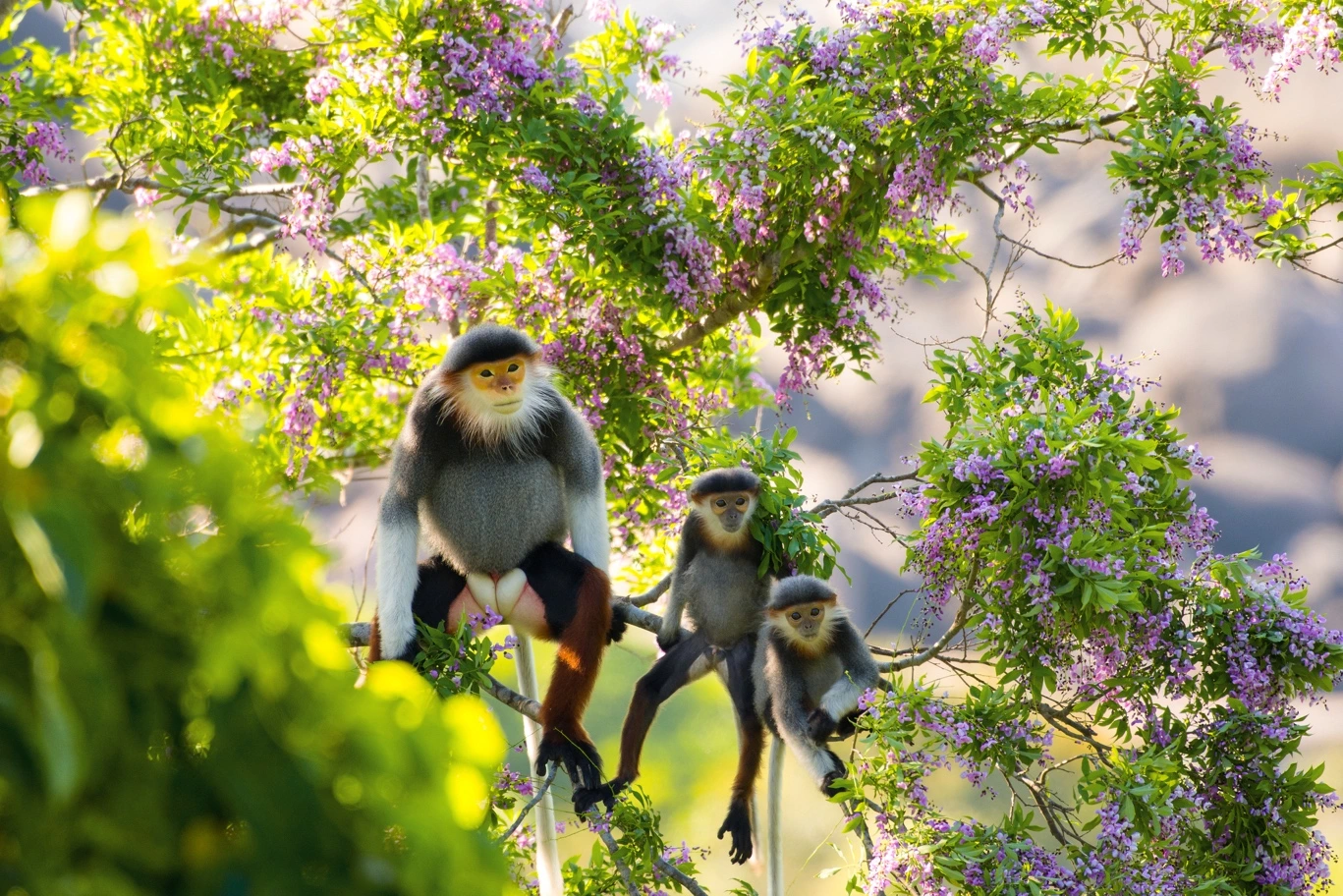
![[Photo] Politburo works with Standing Committees of Lang Son and Bac Ninh Provincial Party Committees](https://vstatic.vietnam.vn/vietnam/resource/IMAGE/2025/8/20/0666629afb39421d8e1bd8922a0537e6)


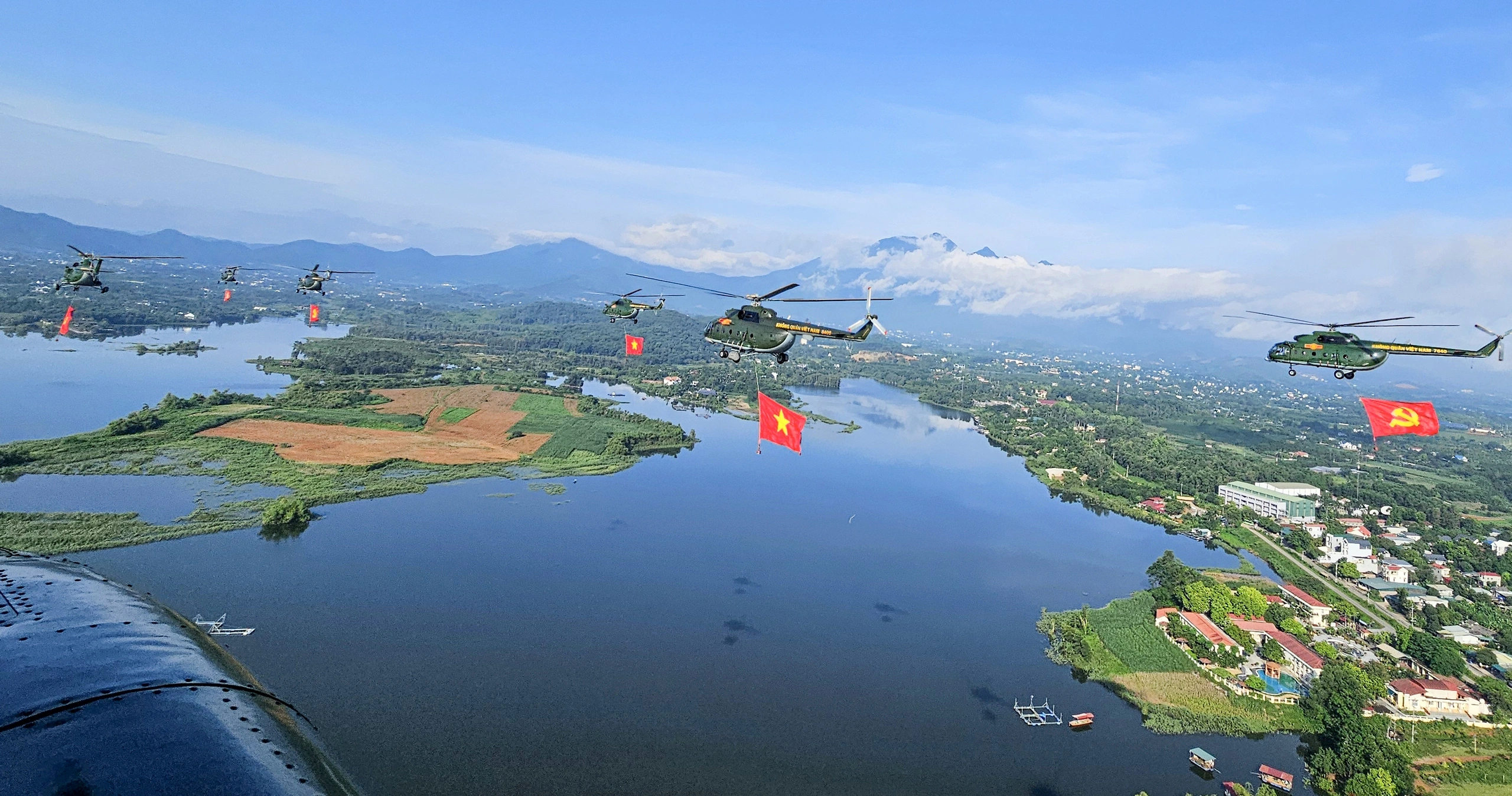
![[Photo] Prime Minister Pham Minh Chinh receives Australian Foreign Minister Penny Wong](https://vstatic.vietnam.vn/vietnam/resource/IMAGE/2025/8/20/f5d413a946444bd2be288d6b700afc33)









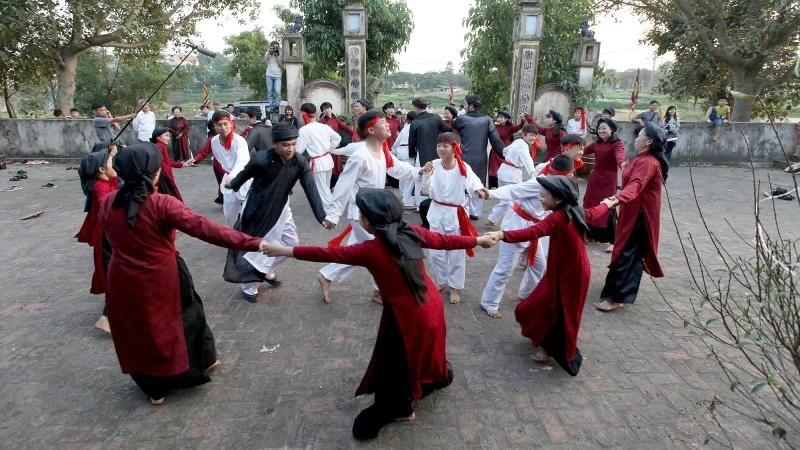























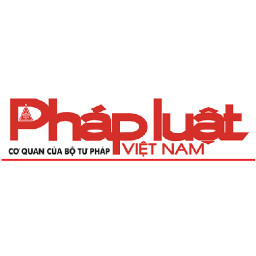


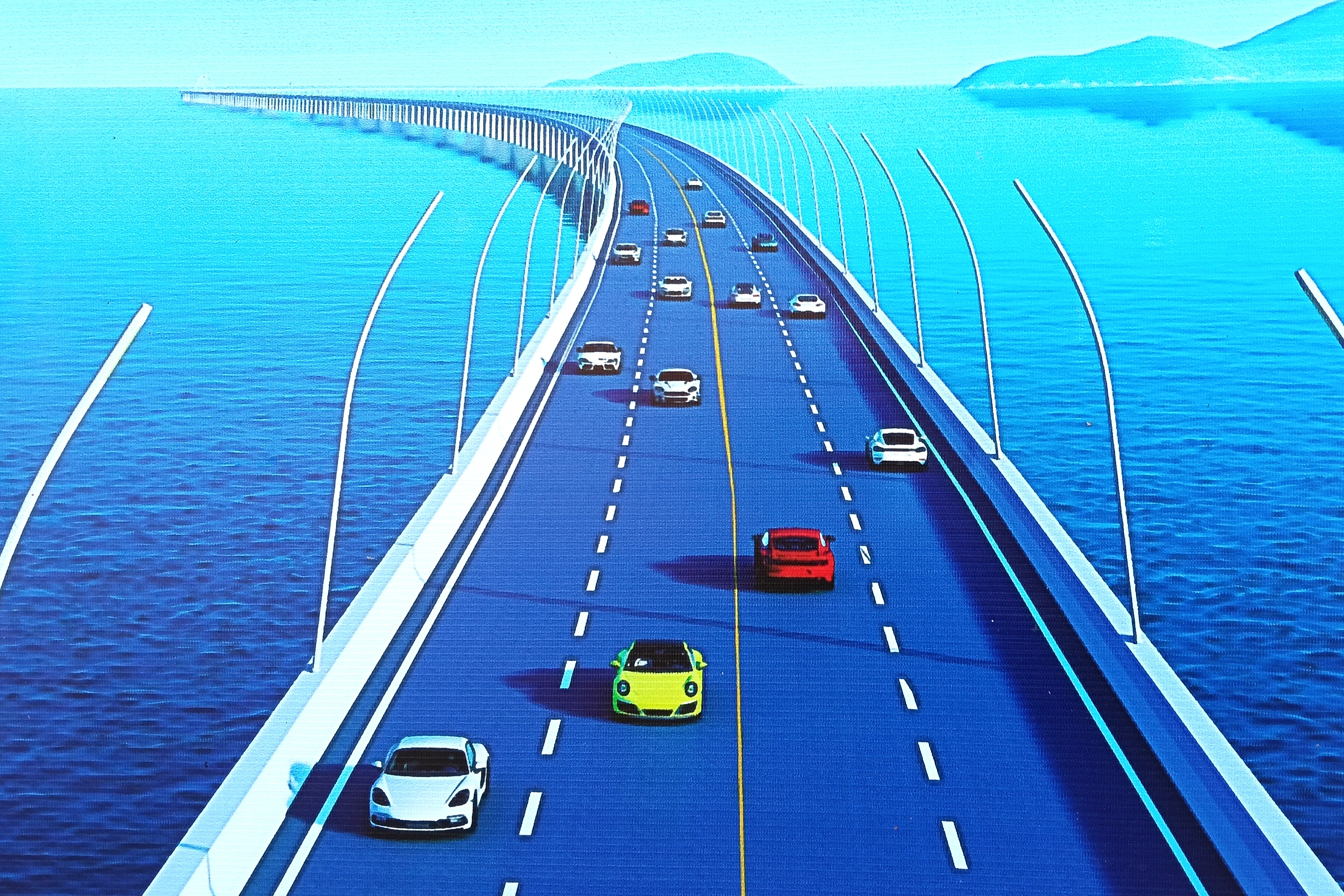
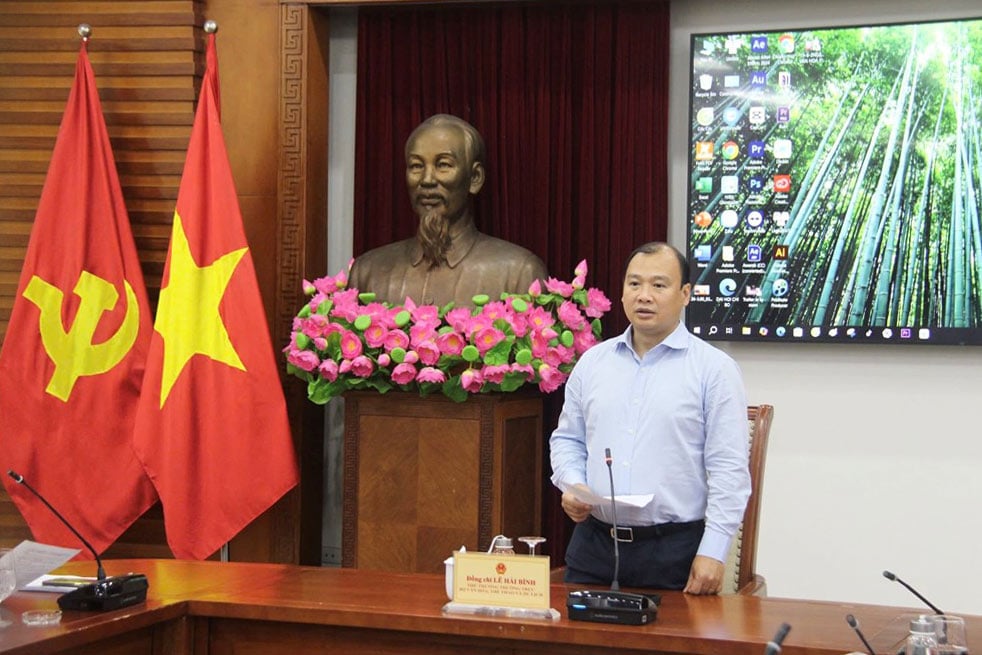

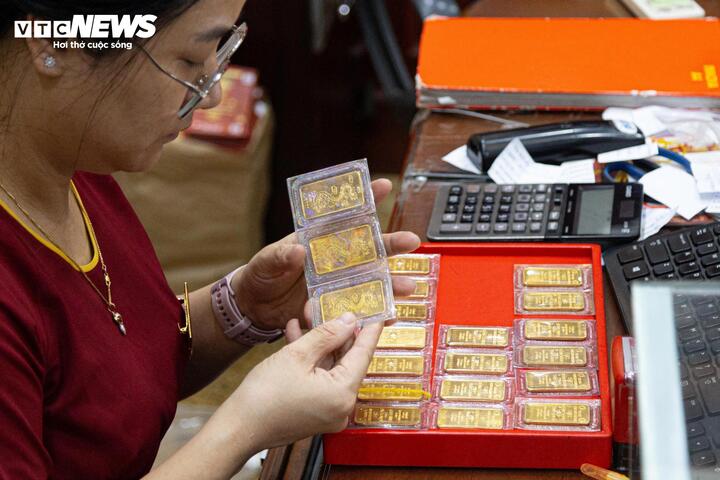






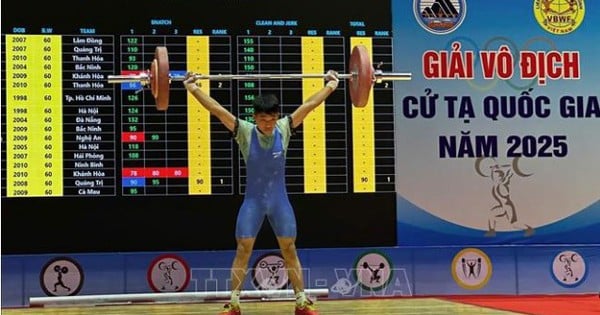























Comment (0)